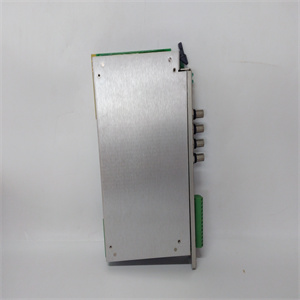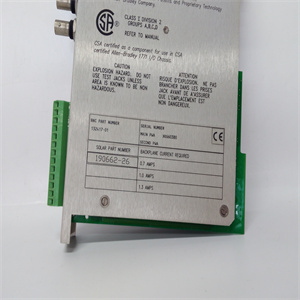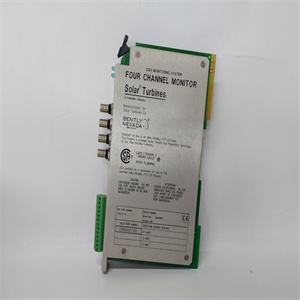带有一组默认的ControlNet参数,只能发送
计划外数据。1756-CNB中的默认网络参数集,
以及所有ControlNet设备,是:
•网络更新时间(NUT)为100ms
•计划的大节点地址(SMAX)为0
SMAX是可以使用
定期服务。
•计划外大节点地址(UMAX)为99
UMAX是节点的高网络地址,可以
在ControlNet网络上进行通信。UMAX必须设置为相等
达到或高于SMAX。
•假定大电缆长度和大中继器数量
使用此默认的ControlNet网络,您可以在
通过使用RSNetWorx等软件包在网络上安装各种设备
ControlNet、RSLogix5000和ControlLogix网关工具
(1756-GTWY)。
如果在此默认状态下使用,可能无法实现佳性能。
但是,可以调试(调整)默认网络以获得佳性能
性能,如本手册下文所述。
重要提示:ControlNet网络应使用
RSNetWorx用于ControlNet以提高性能。
至少,我们建议将计划外的大值
节点地址(UMAX)必须设置为高节点
网络上的地址。将此参数保留为默认值
99的值将浪费带宽并减少系统开销
表演
我们还建议设置计划的大节点数
将地址(SMAX)设置为高于高计划值3或4的值
允许将来扩展的节点地址


 When a ControlNet network is powered on for the first time, it comes up with a default set of ControlNet parameters capable of sending only unscheduled data. The default set of network parameters in the 1756-CNB, as well as all ControlNet devices, is: • Network Update Time (NUT) of 100ms • Scheduled Maximum Node Address (SMAX) of 0 The SMAX is the highest network address of a node that can use the scheduled service. • Unscheduled Maximum Node Address (UMAX) of 99 The UMAX is the highest network address of a node that can communicate on the ControlNet network. The UMAX must be set equal to or higher than the SMAX. • Assumed maximum cable lengths and maximum number of repeaters With this default ControlNet network, you can communicate between the various devices on the network by using such packages as RSNetWorx for ControlNet, RSLogix5000, and the ControlLogix Gateway Tool (1756-GTWY). If used in this default state, optimum performance may not be achieved. However, the default network can be commissioned (tuned) for optimum performance, as described later in this manual. Important:The ControlNet network should be configured using RSNetWorx for ControlNet to improve performance. At a minimum, we recommend that the Unscheduled Maximum Node Address (UMAX) be set equal to the highest node address on the network. Leaving this parameter at the default value of 99 will waste bandwidth and reduce system performance. We also recommend setting the Scheduled Maximum Node Address (SMAX) to a value 3 or 4 above the highest scheduled node address to allow for future expandability
When a ControlNet network is powered on for the first time, it comes up with a default set of ControlNet parameters capable of sending only unscheduled data. The default set of network parameters in the 1756-CNB, as well as all ControlNet devices, is: • Network Update Time (NUT) of 100ms • Scheduled Maximum Node Address (SMAX) of 0 The SMAX is the highest network address of a node that can use the scheduled service. • Unscheduled Maximum Node Address (UMAX) of 99 The UMAX is the highest network address of a node that can communicate on the ControlNet network. The UMAX must be set equal to or higher than the SMAX. • Assumed maximum cable lengths and maximum number of repeaters With this default ControlNet network, you can communicate between the various devices on the network by using such packages as RSNetWorx for ControlNet, RSLogix5000, and the ControlLogix Gateway Tool (1756-GTWY). If used in this default state, optimum performance may not be achieved. However, the default network can be commissioned (tuned) for optimum performance, as described later in this manual. Important:The ControlNet network should be configured using RSNetWorx for ControlNet to improve performance. At a minimum, we recommend that the Unscheduled Maximum Node Address (UMAX) be set equal to the highest node address on the network. Leaving this parameter at the default value of 99 will waste bandwidth and reduce system performance. We also recommend setting the Scheduled Maximum Node Address (SMAX) to a value 3 or 4 above the highest scheduled node address to allow for future expandability







 客服1
客服1